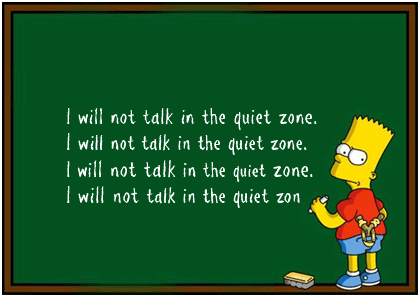In the summer of 1997, the Southern Baptist Convention called for a boycott of the Walt Disney Company, acting in response to some early power mouse gay-rights decisions.
Eight years later, the leaders of America’s largest non-Catholic flock quietly called off the boycott, which was a bit of a dud. The news coverage was, well, joyfully muted.
Why did this boycott fail? Well, for one thing, lots of SBC guys probably found it hard to ditch ESPN and lots of parents who were “conservatives” found it hard to stop using Disney movies as babysitters.
This brings us to the current headlines about Bud Light and Target, which served as the hook for this week’s “Crossroads” podcast (click here to tune that in).
Baptists vs. Disney? Kind of a big deal, but not really. Then again, Disney executives may be aware of box-office issues with some of their recent LGBTQ+ themes in big-screen products for children. You think?
Ah, but what about beer drinkers vs. Bud Light? That battle over in-your-face corporate support for trans performance art appears to have legs. See this update from NBC News: “'Nobody imagined it would go on this long': Bud Light sales continue to plummet over Mulvaney backlash.”
Suburban parents (especially in red states) vs. Target? That’s a more complex subject, but there are signs that Tarjey executives have started doing homework on the watered-down beer battles.
This raises a perfectly valid question: Are there religion ghosts in the Bud Light and Target backlash stories? I mean, how many Southern Baptists are Bud Light fans?
The actual question is this: Are there religion ghosts in the neverending wars between Middle America and “woke” corporate support for the ever-changing doctrines of the Sexual Revolution?
I would say, “yes.” But it’s clear that the cultural battles now involve armies larger than people in conservative pews.









